Being the big fans of sunscreen that we are, we thought it would be interesting (for us and for you!) to do a deep-dive into it's evolution, leading all the way up to what it has evolved into today, an essential fixture in our daily routines.
From its inception as a rudimentary sunblock in the early 20th century to the high-tech, multi-purpose products available today, to say sunscreen has evolved dramatically would be an understatement. Let's take a look back at the winding trajectory of sunscreen throughout history.
The Pre-Sunscreen Era: Natural Solutions and Cultural Practices
The need for sun protection is not a modern phenomenon. Ancient civilizations recognized the sun's harsh effects and sought natural solutions.
-
Egyptians: Pioneers in many beauty regimens, they used ingredients like rice bran, jasmine, and lupine to shield their skin from the sun. These ingredients worked as physical barriers, reflecting or scattering the sun's rays (much like our modern day mineral formulas work)
-
Greeks: Though they initially prized tanned skin (as it was linked to the working class, showing they worked outside), they later adopted various plant extracts and oils as protective measures.
-
Romans: Documentation suggests that they utilized olive oil as a protective measure, though its efficacy as a sunscreen is questionable.
Eastern Methods
In Asia, particularly in countries like China and Japan, pale skin was revered. Beyond using cosmetics to achieve this look, these societies also utilized natural sun protectors.
- Parasols made from silk or paper became symbols of status and beauty.
- Rice water and powdered pearls were sometimes used to both brighten and protect the skin.
The Birth of Modern Sunscreen: The 1930s & 1940s
The foundation for modern sunscreen was laid in the early 20th century when scientists began to understand the damaging effects of ultraviolet (UV) rays. The first commercially available sunscreen product, called "Gletscher Crème" (Glacier Cream), was developed in 1938 by Austrian chemist Franz Greiter. Greiter's creation primarily focused on UVB rays (the rays that cause burning) and had a Sun Protection Factor (SPF) of around 2, offering essentially no protection by today's standards.
Around the same time, Benjamin Green, an airman and pharmacist, was formulating a substance to protect soldiers from sunburn during World War II. His "Red Vet Pet," a mixture of red veterinary petrolatum, was later refined into Coppertone suntan cream, a brand that would eventually become synonymous with sunscreen in America.
Post-War Era: From Function to Fashion
In the post-war era, tanning became fashionable. A tan was no longer just a byproduct of outdoor labor; it was a symbol of leisure and affluence. However, the paradigm began to shift as science uncovered the link between UV radiation and skin cancer. In this era, sunscreen moved from being a specialist product for soldiers or outdoor workers to an essential consumer product.
Advances in the 1950s and 1960s: Introduction of SPF
The term "Sun Protection Factor" (SPF) was introduced by Franz Greiter in 1962 as a way to quantify the effectiveness of sunscreens. This became a universal standard that guided consumers in choosing products based on their needs.
Around this time, scientists also started to explore protection against UVA rays, which penetrate deeper into the skin and are responsible for premature aging and the development of cancers. The focus shifted towards creating broad-spectrum sunscreens that could guard against both UVA and UVB rays.
The 1970s to 1990s: Consumer Awareness and FDA Regulations
The harmful effects of sun exposure began to gain public attention, thanks in part to the surfacing evidence linking it to skin cancer. This resulted in a greater demand for more effective sunscreens.
In 1978, the U.S. Food and Drug Administration (FDA) introduced regulations for sunscreen safety and efficacy, which have been updated several times since. The introduction of water-resistant formulas and higher SPF values marked this era.
The 21st Century: Sun Protection Evolves
The new millennium brought forth a wide array of new advancements. Sunscreen formulations became much more sophisticated, with brands offering products that combat premature aging, hyperpigmentation, and other skin issues alongside sun protection.
Moreover, increased awareness of skin diversity has lead to formulations suitable for all skin tones, addressing the issue of sunscreen leaving a white cast on darker skin.
*All Hampton Sun products are formulated around the idea of going above and beyond sun protection. Alongside strong, reliable UVA/UVB protection, we believe suncare should be an indulgent experience; one filled with velvety-smooth textures, invisible finishes, exquisite fragrances, and effortless applications.
In 2017, Hawaii banned the sale of chemical sunscreens containing Oxybenzone and Octinoxate. Small studies have been done that suggest these two ingredients negatively impact the lifespan and reproductive abilities of coral reefs. It's important to note that this narrative is fluid and ever-changing.
*Interested in reef-friendly formulas? Try any of our mineral formulas or continuous mist sunscreens, strictly formulated without Oxybenzone and Octinoxate.





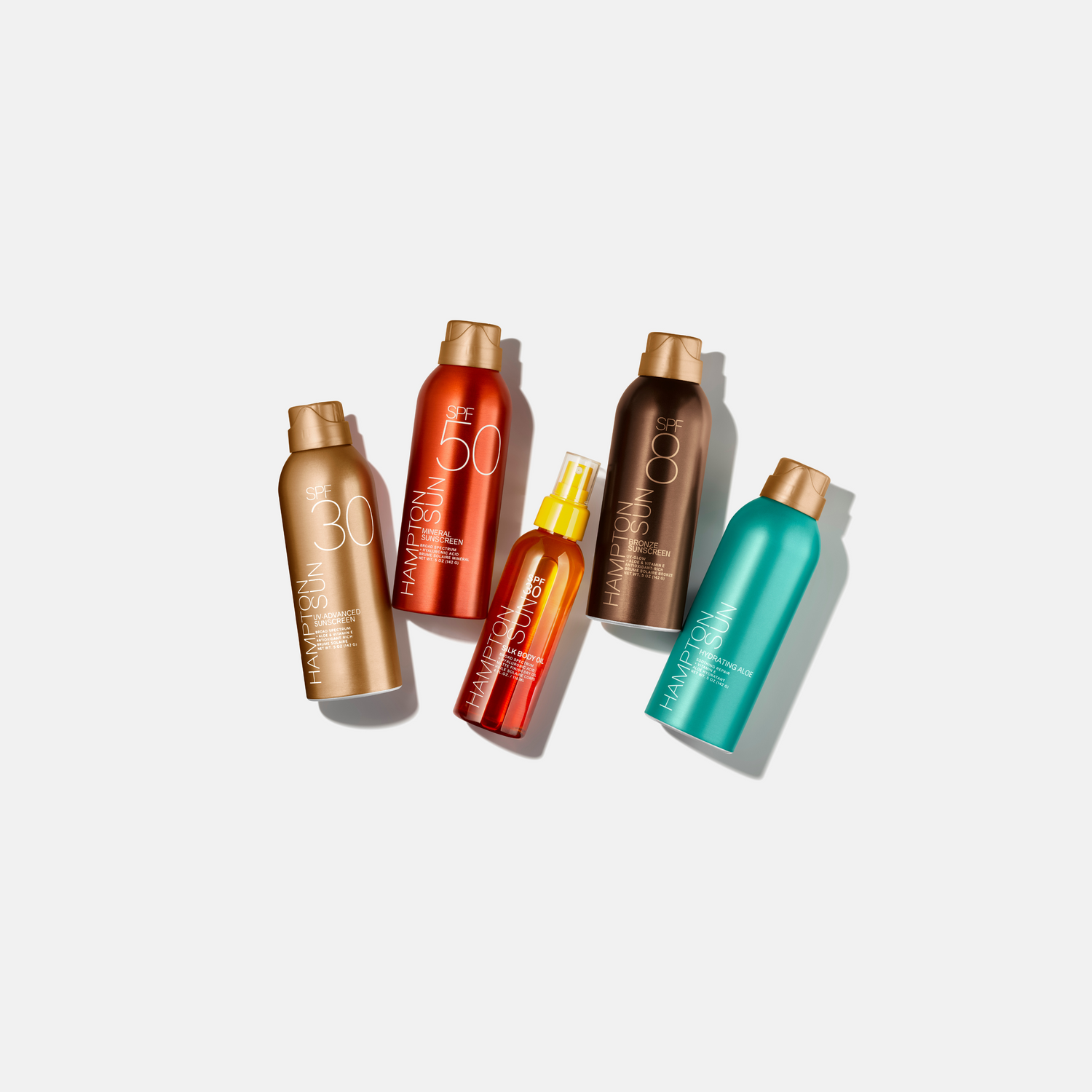

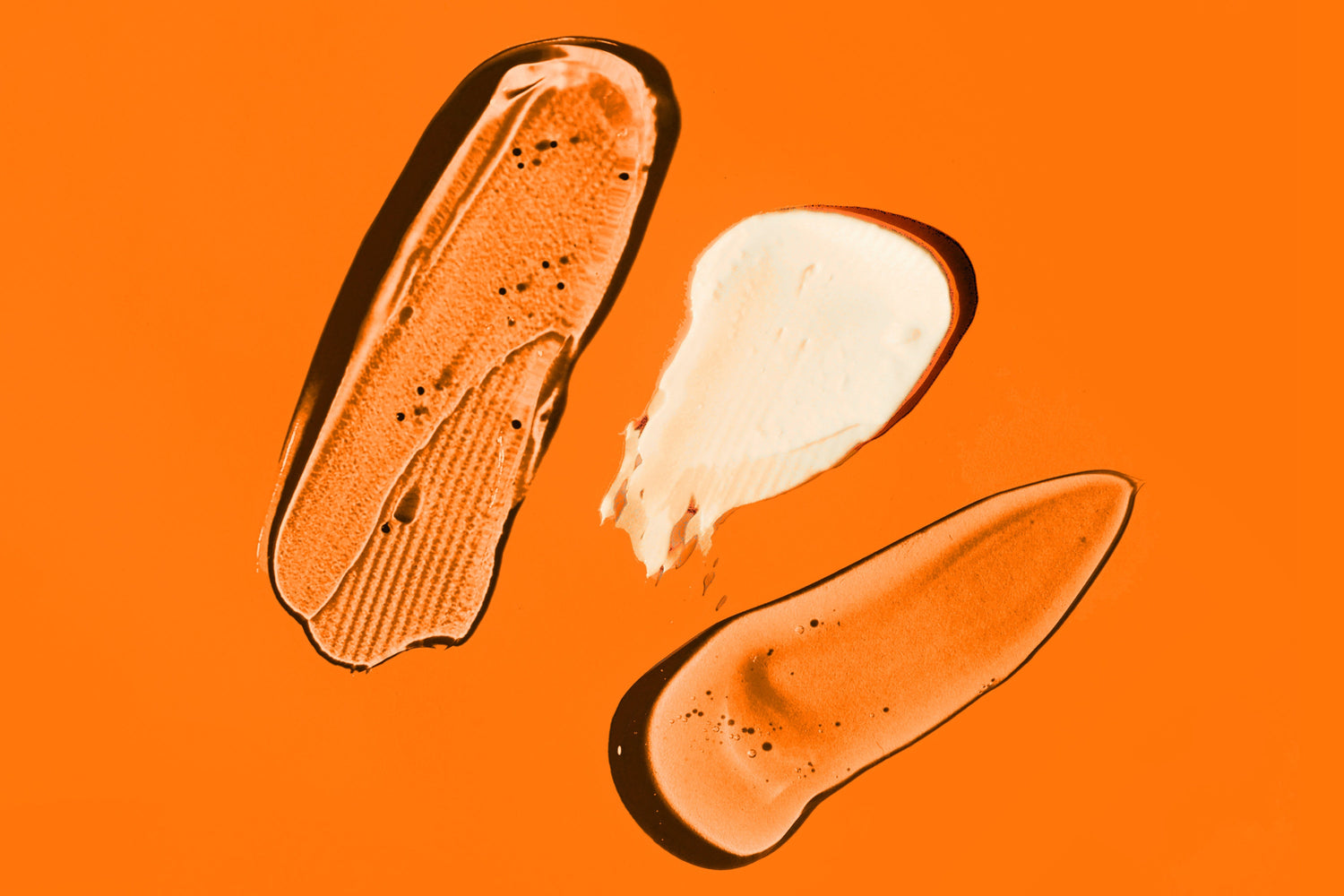


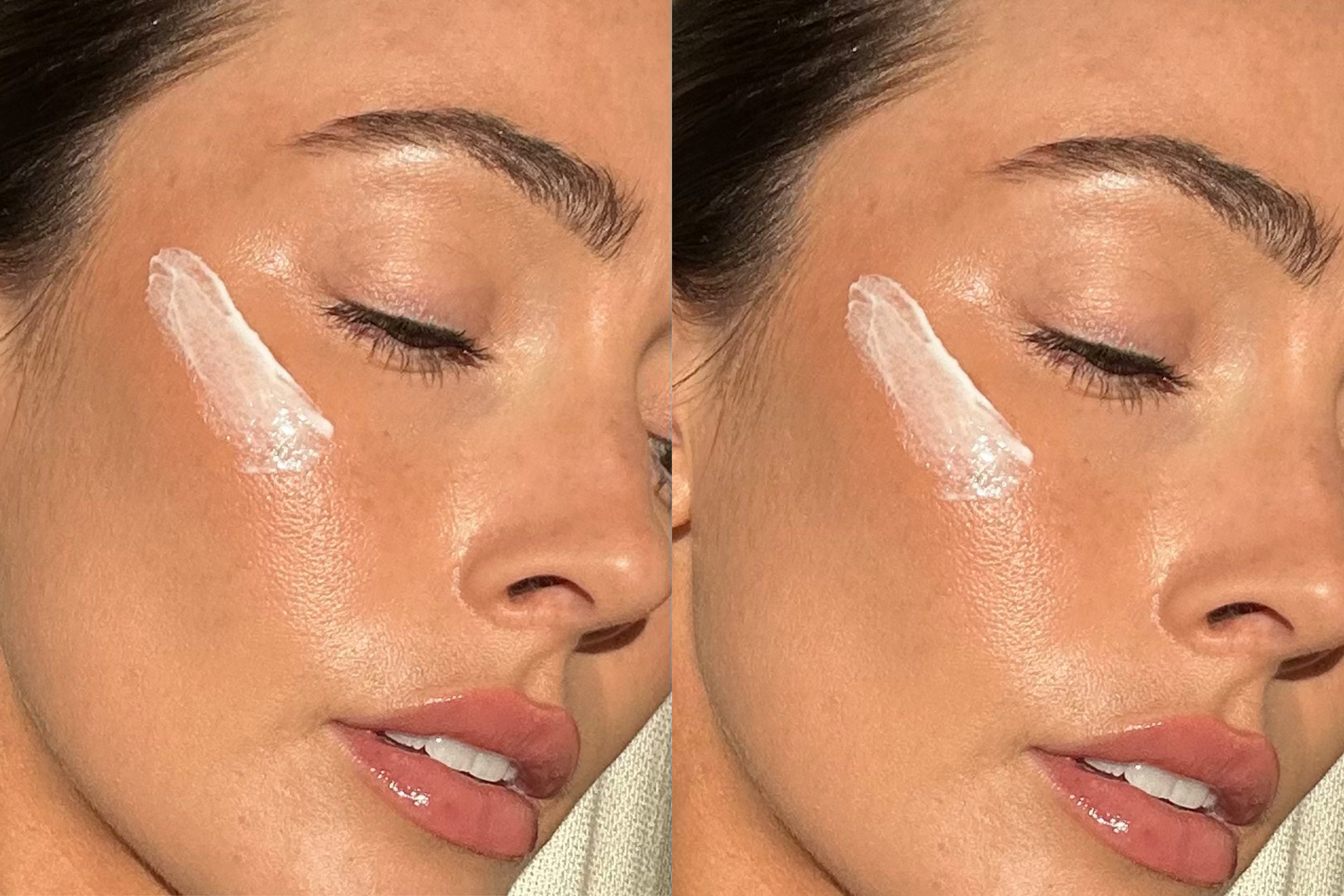


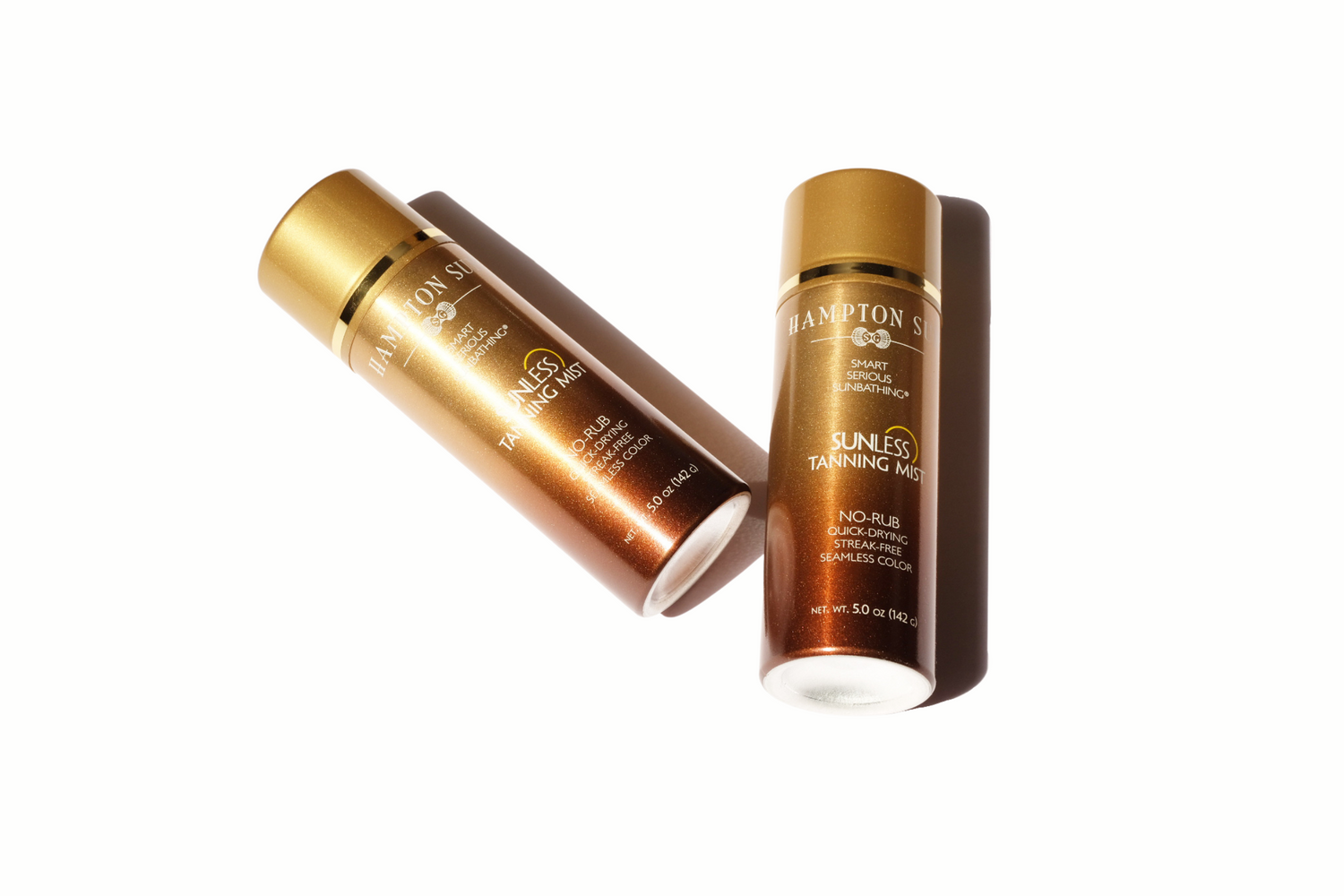

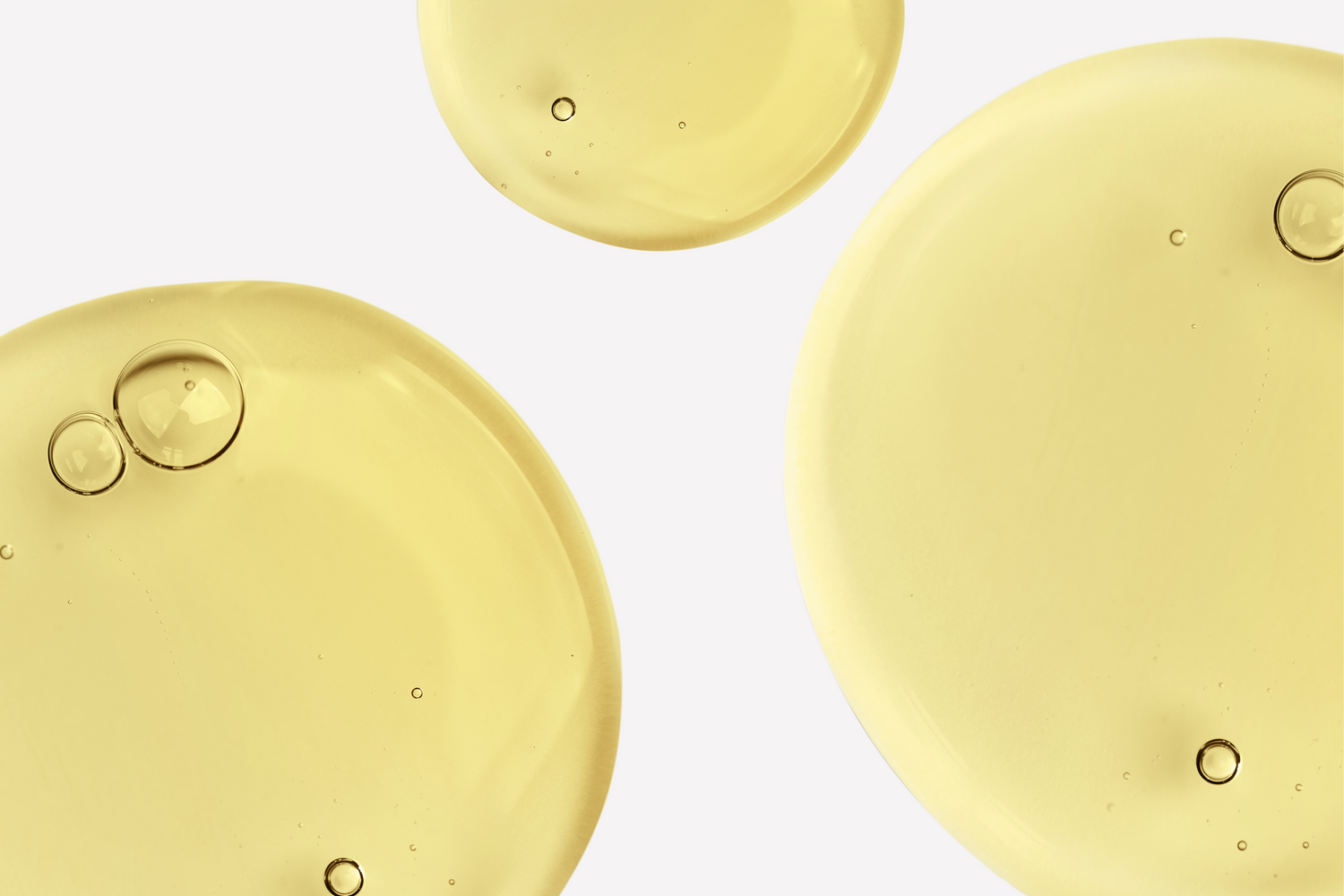


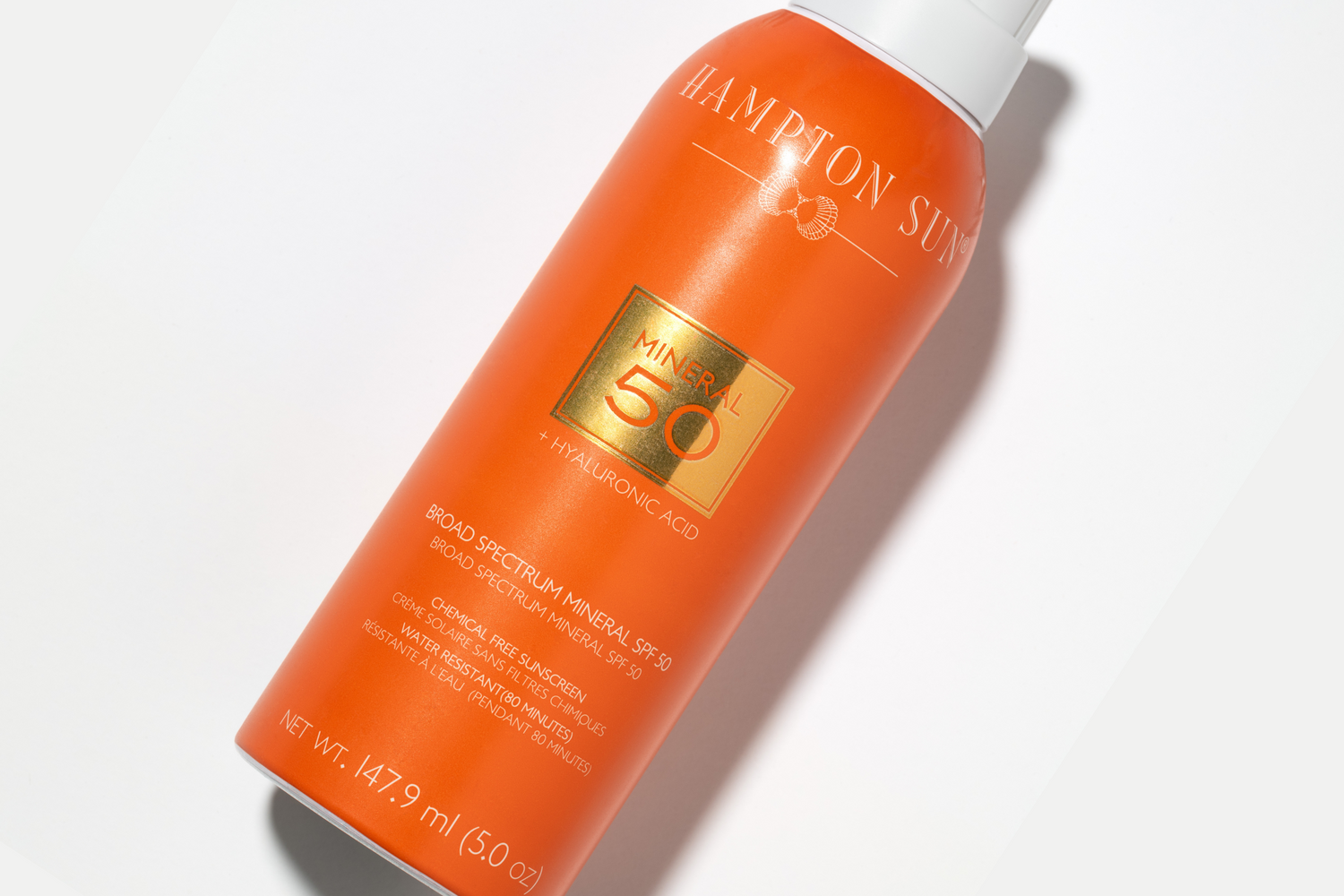
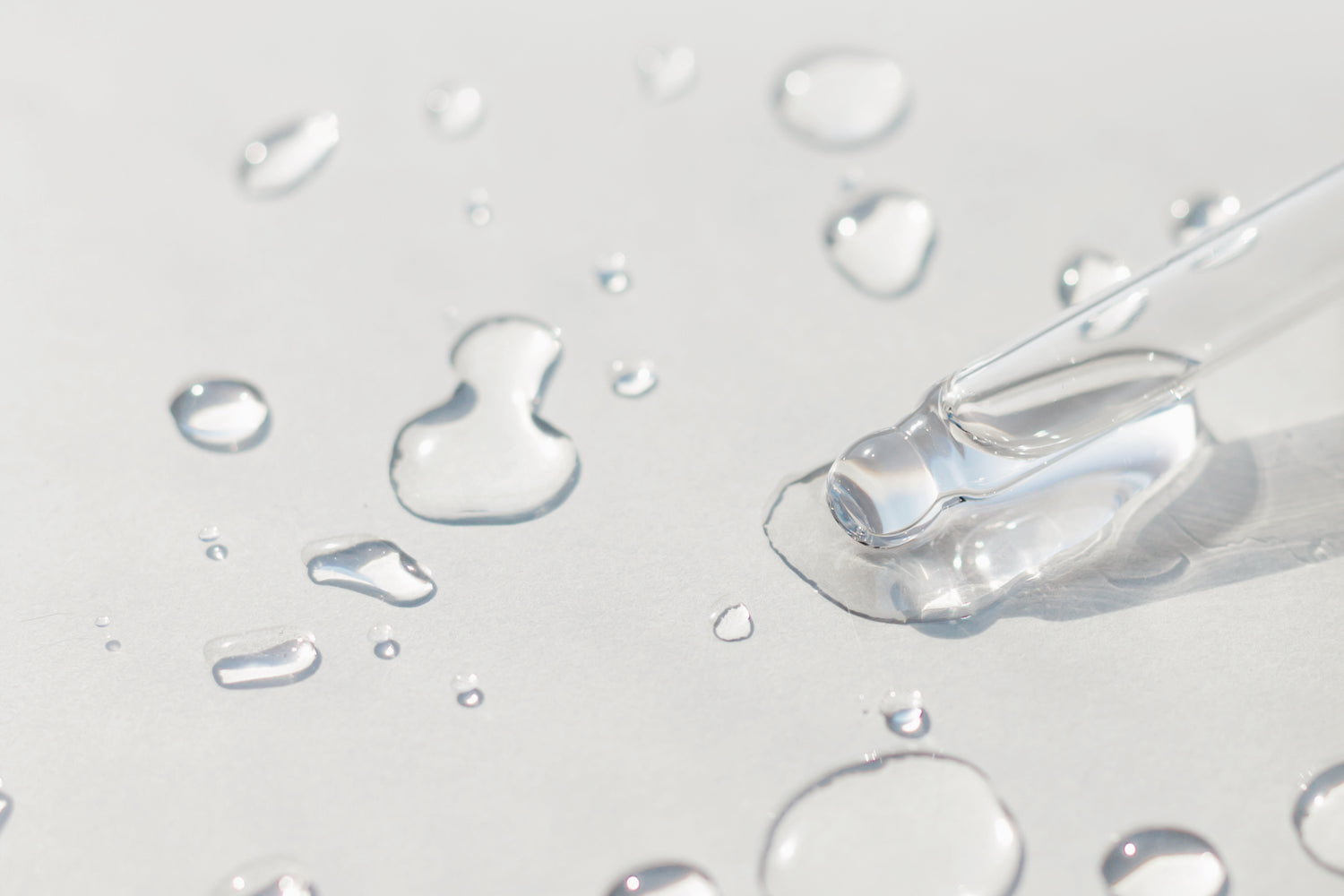
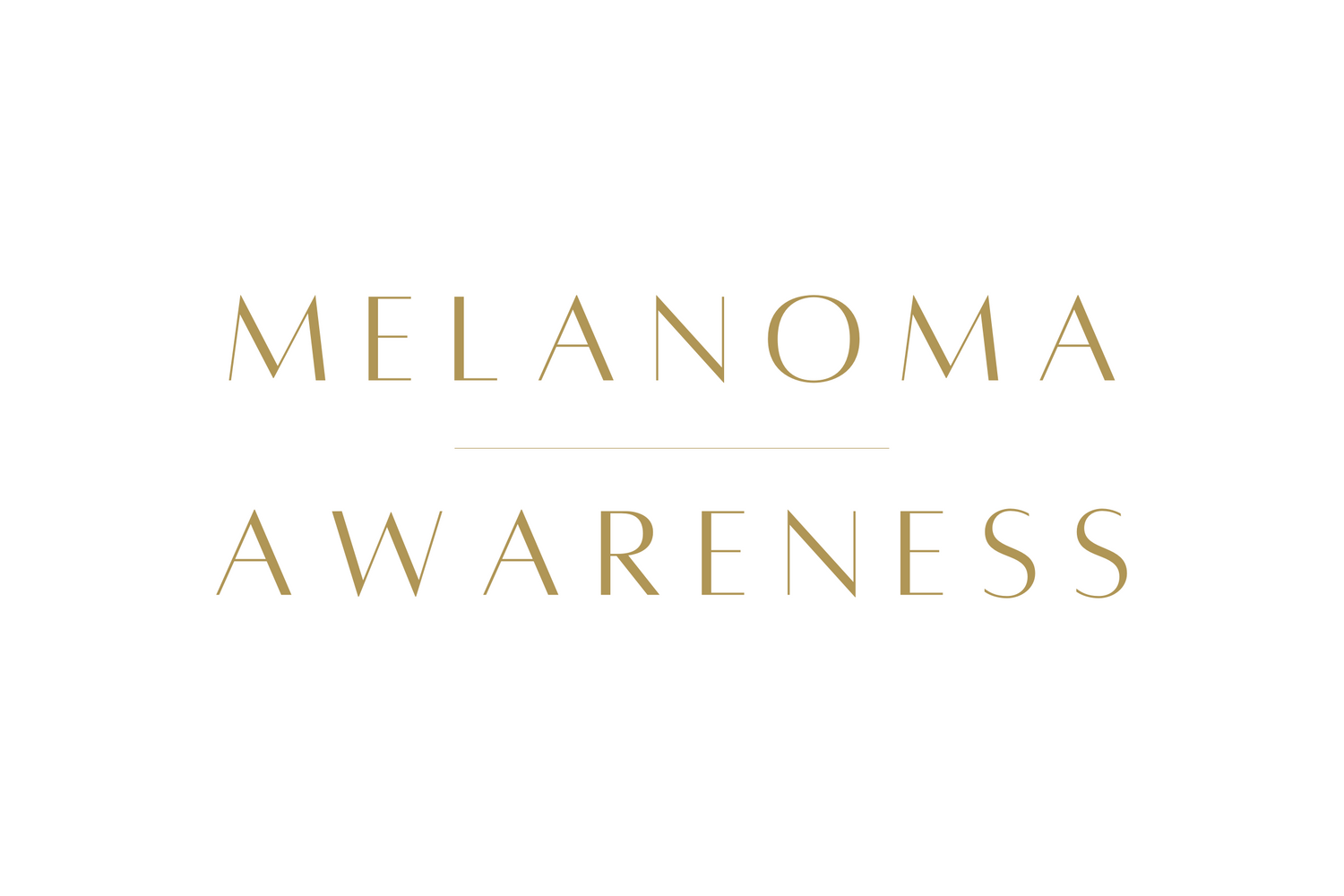
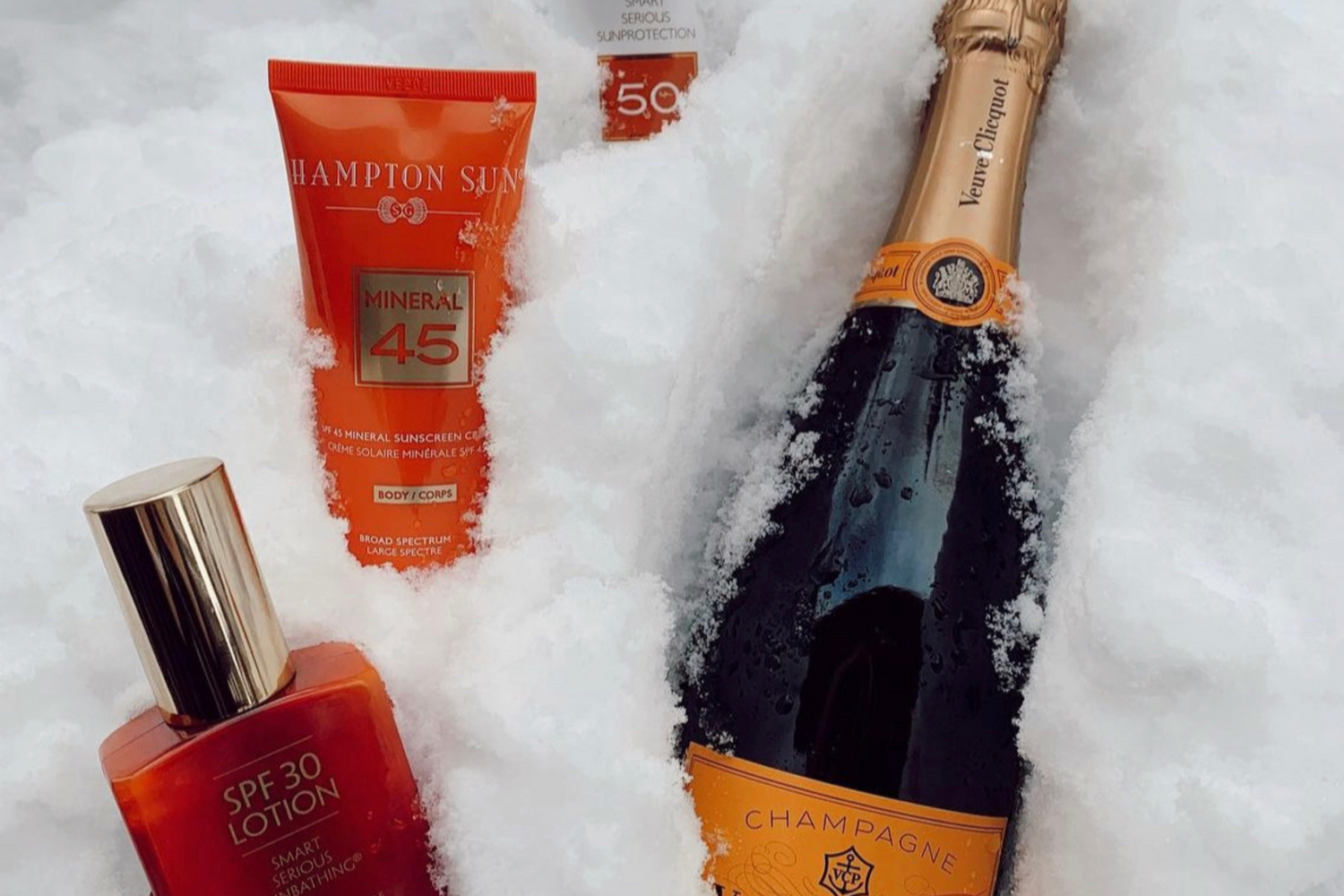





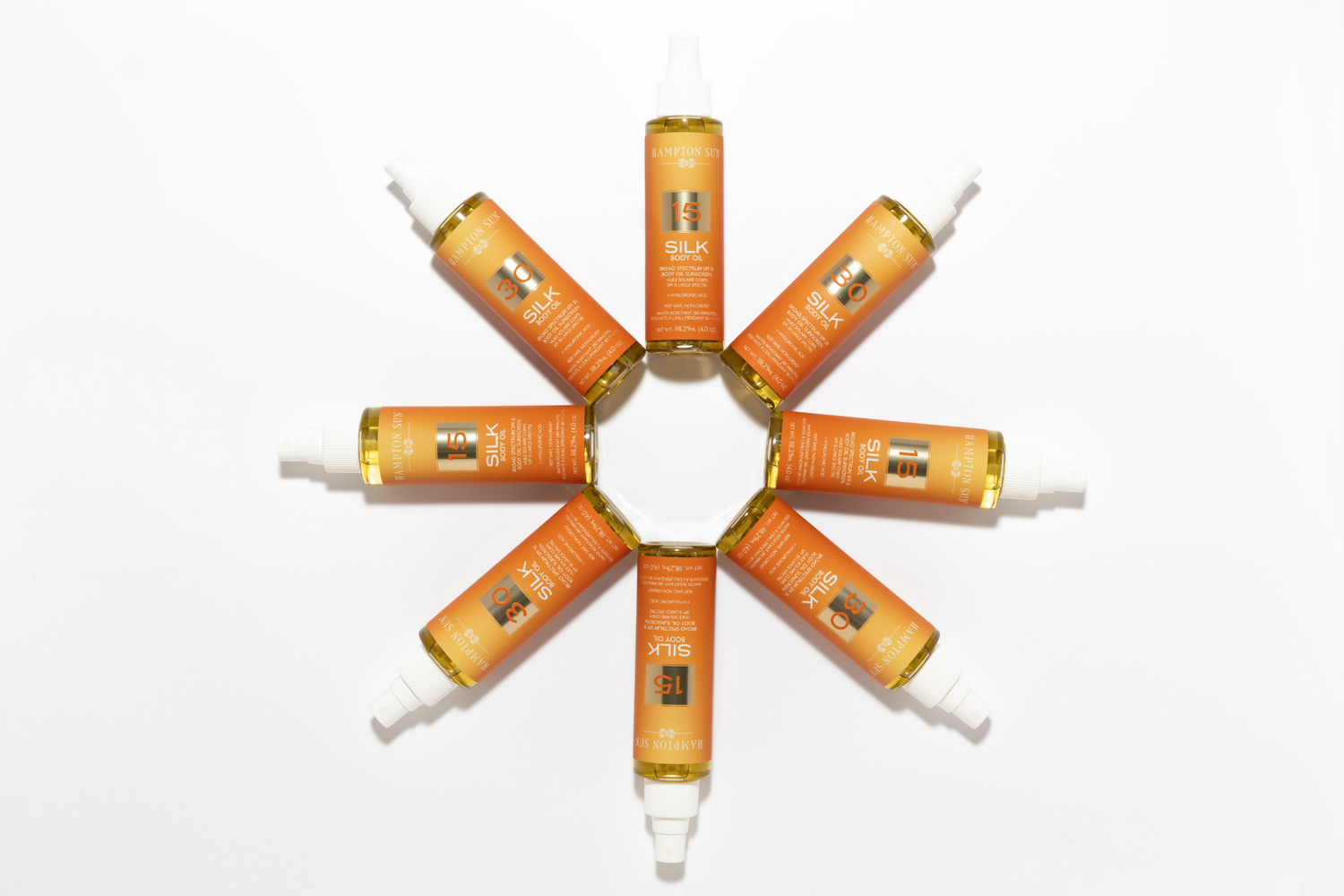


2 comments
So interesting. Never knew about any of this!
xxx